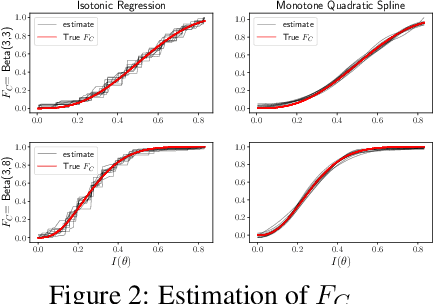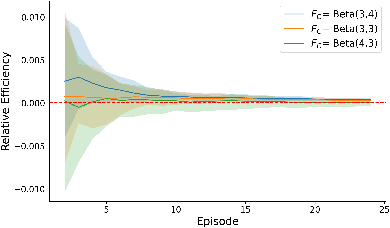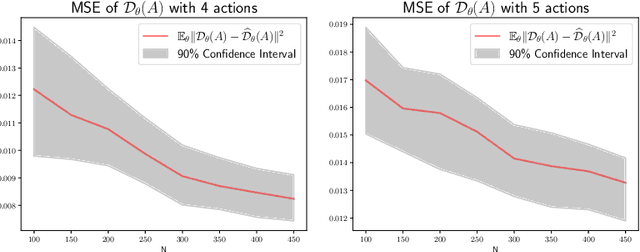Learning the Distribution Map in Reverse Causal Performative Prediction
Paper and Code
May 24, 2024


In numerous predictive scenarios, the predictive model affects the sampling distribution; for example, job applicants often meticulously craft their resumes to navigate through a screening systems. Such shifts in distribution are particularly prevalent in the realm of social computing, yet, the strategies to learn these shifts from data remain remarkably limited. Inspired by a microeconomic model that adeptly characterizes agents' behavior within labor markets, we introduce a novel approach to learn the distribution shift. Our method is predicated on a reverse causal model, wherein the predictive model instigates a distribution shift exclusively through a finite set of agents' actions. Within this framework, we employ a microfoundation model for the agents' actions and develop a statistically justified methodology to learn the distribution shift map, which we demonstrate to be effective in minimizing the performative prediction risk.
 Add to Chrome
Add to Chrome Add to Firefox
Add to Firefox Add to Edge
Add to Edge